Understanding the Benefits of a Sunroom Greenhouse Addition
A sunroom greenhouse addition can transform your home into a lush, vibrant space, blending indoor comfort with the beauty of nature. This versatile structure serves as a garden sanctuary and a sunlit living area, increasing both your quality of life and the overall value of your property. In this article, we will delve into the numerous benefits a sunroom greenhouse can offer, helping you design a space that cultivates your passion for gardening and enhances your living environment.
Increased Natural Light and Energy Efficiency
One of the most significant benefits of adding a sunroom greenhouse is the abundance of natural light it provides. The design incorporates large glass panels, allowing sunlight to stream in and brighten the interior. This influx of natural light is not only energizing for inhabitants but also creates an environment conducive to plant growth. With the right orientation, you can maximize solar gain, making your home more energy-efficient.
In cooler climates, a sunroom greenhouse can act as a thermal buffer, keeping your home warmer during winter months. By trapping heat, it reduces reliance on heating systems, leading to lower energy bills. Potentially, this feature can even make the space suitable for year-round gardening, as the greenhouse effect will maintain a more stable microclimate for plants.
Year-Round Gardening Opportunities
One of the most appealing aspects of a sunroom greenhouse is the extension of the growing season. No longer confined to spring and summer, you can enjoy the fruits (and vegetables) of your labor throughout the year. With proper climate control features, you can cultivate a variety of plants across seasons, from tropical flowers to winter herbs, thereby diversifying your gardening experience.
Advanced heating and cooling systems can help regulate the temperature, ensuring a suitable environment for your plants regardless of external weather conditions. In addition, the ability to grow plants indoors shields them from pests and diseases commonly found outside, leading to healthier and more vigorous plants.
Enhanced Home Value and Curb Appeal
Beyond the personal gratification it provides, a well-designed sunroom greenhouse can significantly increase your property’s market value. Real estate experts consistently point out that unique features, such as a greenhouse, can elevate a home’s appeal to potential buyers, making it stand out in the housing market. Moreover, the aesthetic aspect of your home gets an upgrade, thanks to the beautiful greenery that thrives in a sun-drenched space.
As trends shift toward more sustainable living practices, having a dedicated space for gardening and growing your own vegetables or herbs adds an attractive element to any property. Homes with gardens are often more desirable, providing a quality that enhances overall curb appeal and creates a sanctuary-like feel for homeowners.
Key Design Considerations for Your Sunroom Greenhouse Addition
Optimal Dimensions and Space Utilization
The first step in designing a sunroom greenhouse is determining the optimal size and layout. The dimensions of the structure should reflect your available space, intended use, and personal aesthetic preference. If you have limitations in space, consider a lean-to design that can be attached to your home without taking up significant yard area.
Consider how you will use the space. Will it primarily serve as a cozy recluse for reading and relaxing, or will it be dedicated to gardening? Space allocation for seating areas, plant racks, and storage for gardening equipment must also be contemplated. Including adjustable shelving can enhance usability, allowing you to change plant arrangements as needed.
Choosing the Right Materials for Longevity
The materials you select for your sunroom greenhouse play a crucial role in its performance and durability. Common choices for framing materials include aluminum, wood, and galvanized steel. Each material has its own benefits and drawbacks in terms of cost, maintenance, and aesthetic appeal. For instance, while wooden frames can offer a classic look, they may require more regular upkeep compared to aluminum structures.
When it comes to glass, consider using double- or triple-glazing panels for superior insulation and energy performance. Not only do these materials enhance the efficiency of your greenhouse, but they also protect your plants from temperature extremes. Ultimately, the right materials will contribute to the longevity and effectiveness of your sunroom greenhouse.
Climate Control Features to Consider
Effective climate control is essential to creating a successful growing environment in your sunroom greenhouse. Consider installing heating systems, such as radiant floor heating, which distributes warmth evenly, or a thermostat-controlled heater. For cooling, options include roof vents and shade cloths that can help regulate temperatures during hotter months.
Incorporating dehumidifiers and fans can further help you manage humidity levels, particularly if your greenhouse is filled with moisture-loving plants. Automated environmental controls can significantly reduce labor, maintaining optimal conditions for plant growth even if you’re away from your home.
How to Integrate a Sunroom Greenhouse Addition into Your Home
Structural Requirements and Building Codes
Before embarking on a sunroom greenhouse project, it’s vital to familiarize yourself with local building codes and regulations. Many areas have specific requirements regarding construction, such as setbacks from property lines or specific design guidelines. Consulting with a local contractor or architect can ensure that your addition complies with these laws. Additionally, they can help you navigate any necessary permits for construction, saving you potential headaches down the line.
Moreover, ensure that the foundation of the addition is solid and well-insulated, which is crucial for long-term stability. The structure must also have good drainage to avoid issues related to water pooling.
Seamless Connection with Existing Spaces
When planning your sunroom greenhouse addition, it’s vital to ensure a seamless connection with your existing living spaces. Access points, such as doors leading into the sunroom, should be easily navigable and invite users in, creating a cohesive flow within your home. Consider how natural light from the greenhouse can illuminate adjacent rooms—this can enhance the overall feel of your home and encourage greater use of the space.
Design elements that reflect the style of your home, such as similar flooring or matching paint colors, can also help create a sense of synesthesia. The objective is for the sunroom greenhouse addition to feel like a natural part of your home rather than an afterthought.
Planning for Construction and Budgeting
Budgeting for your sunroom greenhouse addition involves more than just materials. You must consider labor costs, design fees, and permits, estimating a realistic total budget to bring your vision to life. To ensure you stay within budget, it’s advisable to obtain multiple quotes from contractors and establish a detailed project scope that outlines all necessary steps to completion.
Additionally, allow for unexpected expenses in your budget, as hidden costs can often arise during construction. Ensuring you have contingency plans will keep you financially prepared as you execute your sunroom greenhouse project.
Tips for Maintaining Your Sunroom Greenhouse Addition
Regular Cleaning and Upkeep
To nurture both the aesthetics and functionality of your sunroom greenhouse, regular cleaning is essential. Dust and debris can accumulate on glass surfaces, obstructing sunlight and reducing the efficiency of your greenhouse. Schedule periodic cleanings to wash glass panels and check the integrity of seals and frames.
Cleaning surfaces on a routine basis will also help you identify any potential maintenance issues early on, preventing costly repairs down the line. Lastly, keeping the inside organized by regularly pruning plants and removing dead foliage creates a healthier environment for your greenhouse activities.
Managing Indoor Climate for Plant Health
Maintaining optimal indoor climate conditions is crucial in ensuring healthy plant growth. Regularly monitor temperature and humidity levels with gauges placed around your greenhouse. You may consider investing in a climate monitoring system that will alert you to any changes that require attention.
Adjust ventilation and shading based on seasonal needs, ensuring plants receive adequate sunlight without overheating. Keeping a close eye on your plants’ health and growth can provide insights into necessary tweaks in humidity or temperature, fostering an adaptive gardening approach.
Seasonal Adjustments for Optimal Growth
As seasons change, so must your care routine for your plants. During winter months, focus on reducing watering to prevent root rot, as plants often enter a dormant state. Additionally, you may find that supplemental lighting becomes essential to provide enough light for photosynthesis as days grow shorter.
In spring and summer, be prepared for more active growth. Ensure proper irrigation and watch for signs of pests or diseases as temperatures rise. Seasonal adjustments bolster your chance of robust and healthy plant growth throughout the year.
Inspiring Ideas for Your Sunroom Greenhouse Addition
Creative Plant Arrangements and Decor Styles
Your sunroom greenhouse is not only a functional space but also allows for creative expression through plant arrangements and decor. Consider using vertical gardens to maximize space and create an eye-catching focal point. Hanging plants can also add visual interest, drawing the eye upward and giving a sense of depth to the environment.
Incorporate decorative elements that complement your planting style; for example, rustic wooden shelves complemented by terracotta pots can create a warm, earthy atmosphere. Crafting a comfortable seating area also enhances the space, providing a perfect spot for relaxation amidst your thriving plants.
Functional Uses Beyond Gardening
A sunroom greenhouse addition can be multifunctional, extending beyond simple gardening. Use this versatile space for yoga sessions, reading nooks, or personal retreats, enhancing daily life. Consider hosting family gatherings or intimate dinners surrounded by greenery, creating a tranquil environment for social interaction.
Having a dedicated space for hobbies or crafts can also be an excellent way to creatively utilize your sunroom greenhouse. The beautiful surroundings enhance inspiration, promoting a productive and uplifting atmosphere.
Real-Life Examples from Homeowners
Homeowners across the nation have successfully integrated sunroom greenhouses into their lifestyles, resulting in fruitful gardening and enhanced living spaces. For example, a couple in the Midwest transformed their sunroom into a vibrant herb garden, utilizing vertical planters for easy access while cooking. This functional use inspired meal preparations, encouraging healthier eating habits.
Others have created vibrant jungle-like spaces, featuring exotic plants and cozy reading nooks inside their sunrooms. Homeowners have reported improved family time spent in these atmospheric greenhouses, reuniting family members amidst greenery and natural light.



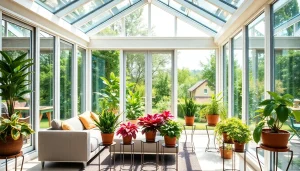




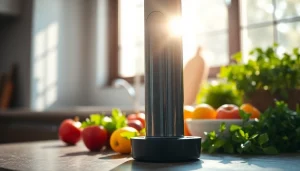
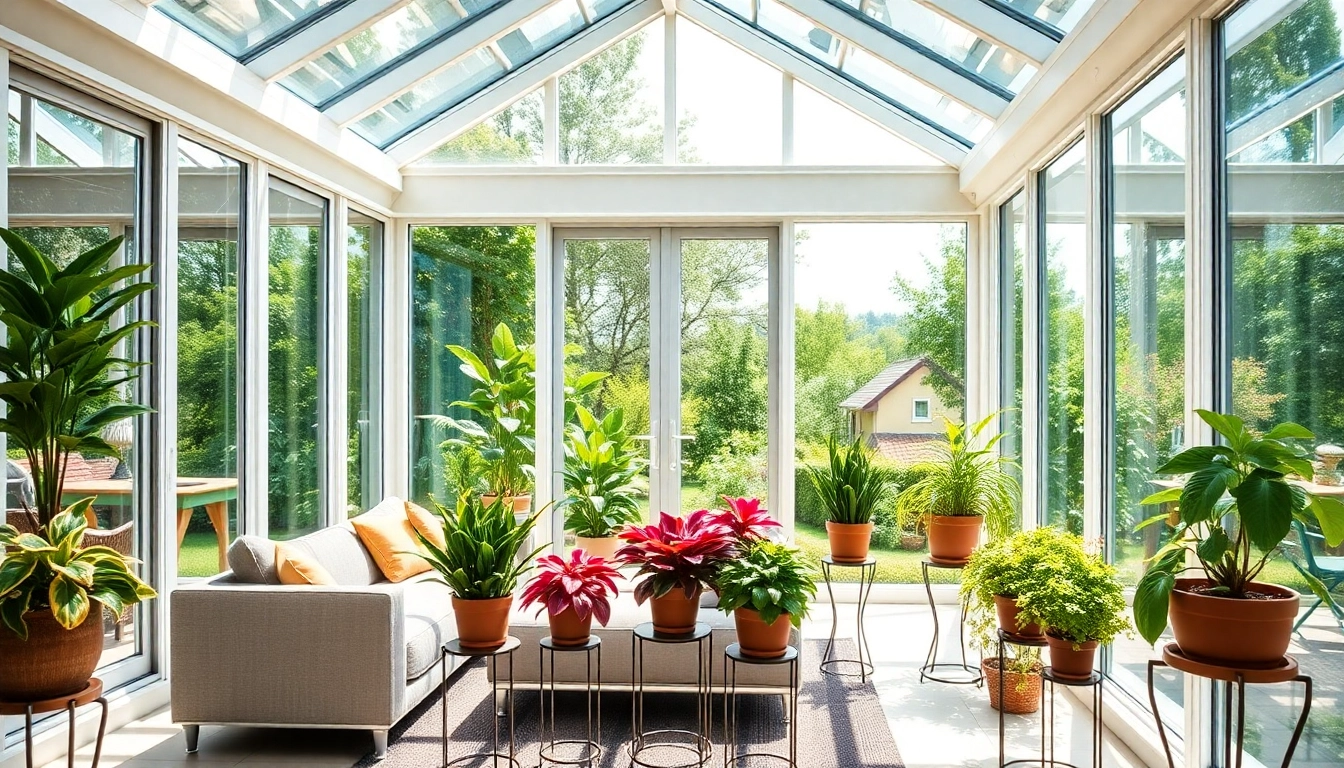

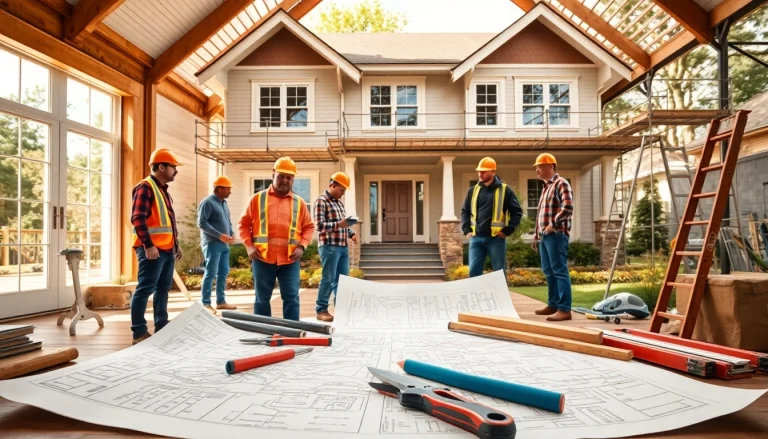
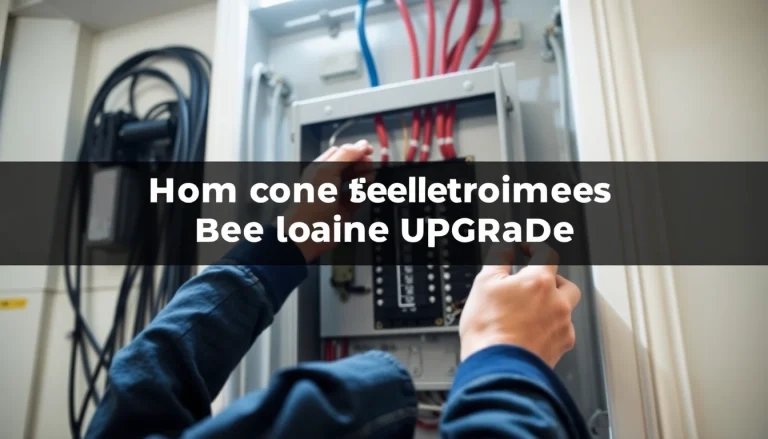

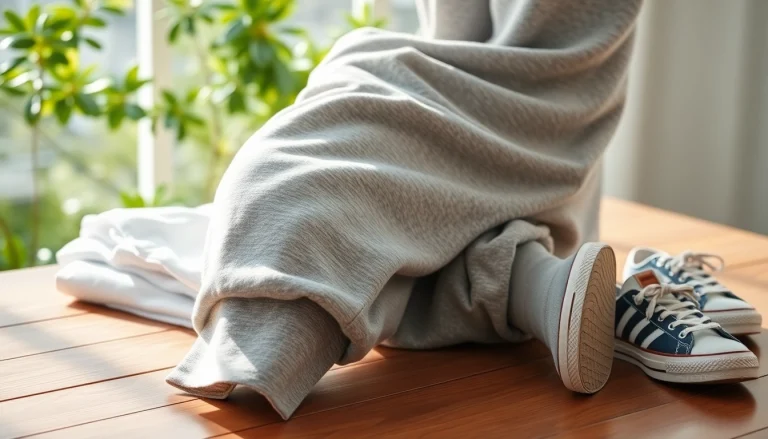

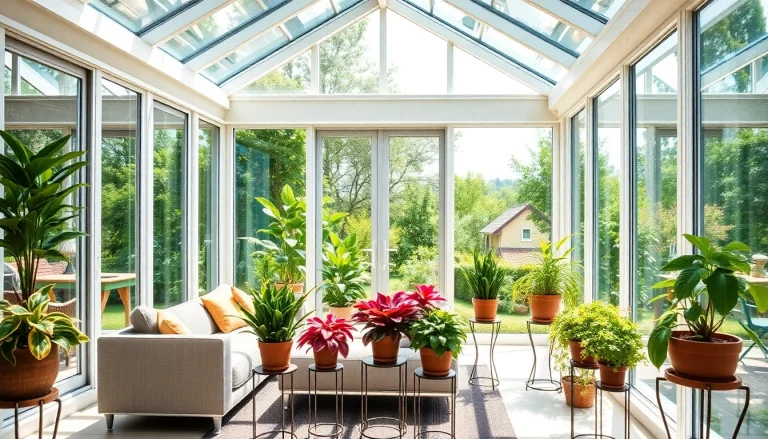




+ There are no comments
Add yours